OLED technology is prone to image burn-in — something that Apple worked hard to compensate for in designing the hardware and software of the iPhone X. A new and extreme stress test puts the iPhone X anti-burn-in capabilities to the test, discovering Apple's efforts have, in fact, put it ahead of the competition under the most difficult conditions.
Pitting the iPhone X, Samsung Galaxy Note 8, and Galaxy 7 Edge against one another, South Korean site Cetizen ran a 510-hour marathon test to see how long it takes to burn in an image on a modern OLED smartphone.
Interestingly, the iPhone X began showing very faint, nearly invisible signs of burn-in at the 17-hour mark, but to the surprise of the tester, after that the situation did not worsen. The burned-in images were said to be so light that they would not be seen in average daily use.
By the 62-hour mark, the Note 8 began showing a sudden and noticeable signs of burn-in, despite not having significant signs prior. The tester asked people to identify burned in parts of the screen while displaying a white image, and while they had no trouble identifying it on the Note 8, it was not visible to users on the iPhone X.
The test, first spotted by BGR, eventually ran for a whopping 510 hours, or more than 21 days — well beyond the amount of time that any smartphone OLED display would ever show a static image in normal daily usage.
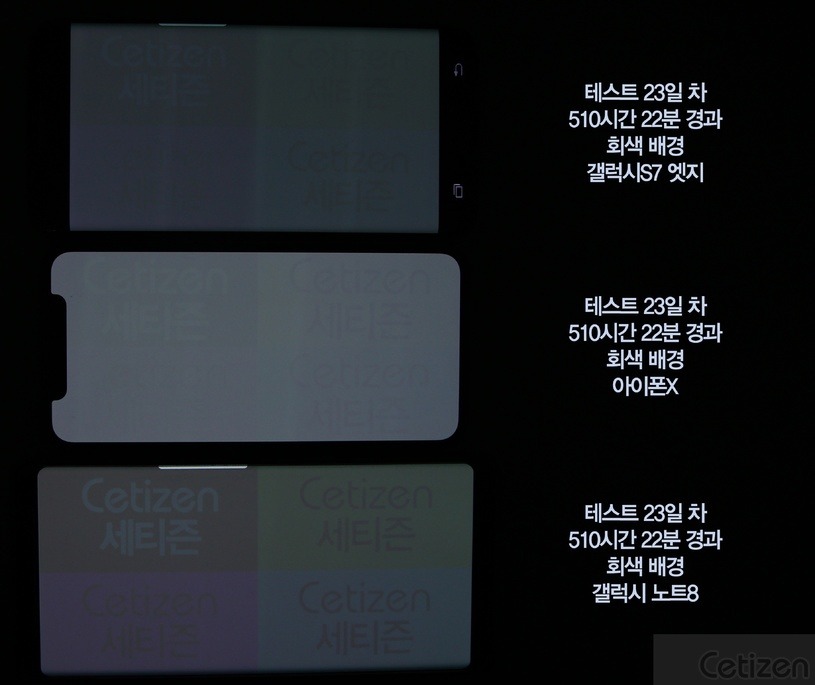
In the end, the Galaxy Note 8 showed the worst signs of burn-in after the marathon test. The Galaxy S7 Edge, despite being a 2016 phone, performed admirably, but was still bested by the 2017 iPhone X.
After three weeks of displaying the same image on maximum brightness, all three handsets expectedly had potentially permanent signs of burn-in. But the tests also show that Apple's efforts to reduce the effects of OLED burn-in have paid off.
Apple itself has a public support document on is website acknowledging that there is a possibility of image persistence when a display shows an image for an extended period of time.
"With extended long-term use, OLED displays can also show slight visual changes," Apple's documentation reads. "This is also expected behavior and can include 'image persistence' or 'burn-in,' where the display shows a faint remnant of an image even after a new image appears on the screen."
Apple advises that users avoid continuously displaying the same high-contrast image for prolonged periods of time.
The OLED burn-in "issue" isn't new, and isn't permanent with well-engineered panels. Evidence collected over the last few years demonstrates that retained images are wiped over a brief period of normal time of normal use displaying non-static elements, with the user periodically turning off the device when not in use.
 Neil Hughes
Neil Hughes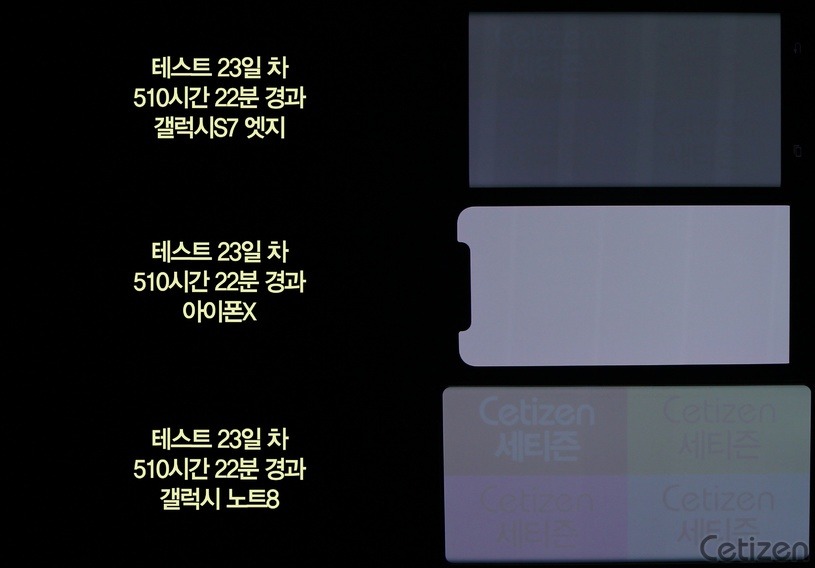







-m.jpg)






 Andrew Orr
Andrew Orr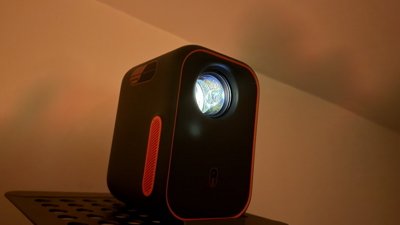
 Thomas Sibilly
Thomas Sibilly
 Christine McKee
Christine McKee
 Andrew O'Hara
Andrew O'Hara
 Malcolm Owen
Malcolm Owen
 William Gallagher
William Gallagher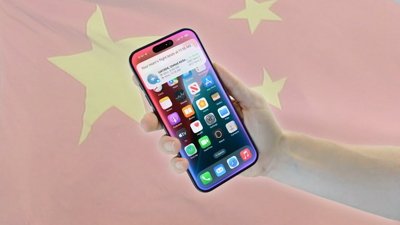

 Sponsored Content
Sponsored Content

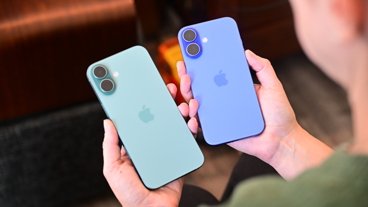





27 Comments
Apple may be using Samsung’s OLED display technology but it appears their software management of it is superior. Just like Apple’s software management of batteries to prevent sudden shutdowns. Could it be that Apple really does care about the customer experience?
...wonder how long before that white home/apps-switcher bar gets burned in....
Good stuff. Apple probably knew too well that burn in on a Galaxy in two or three years would just be shrugged at and people would move on, while burn-in on an iPhone would become a *gate that people bludgeoned users with.
Is the burn-in a permanent condition on OLED displays or does it fade over time (hours/days) if the static image goes away?